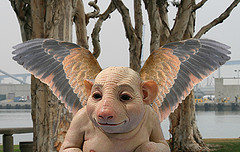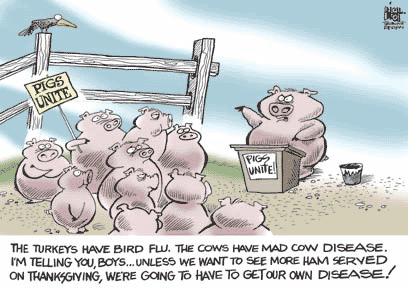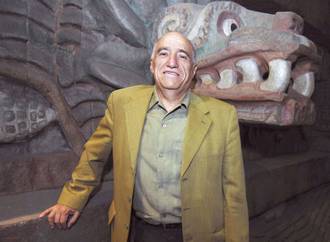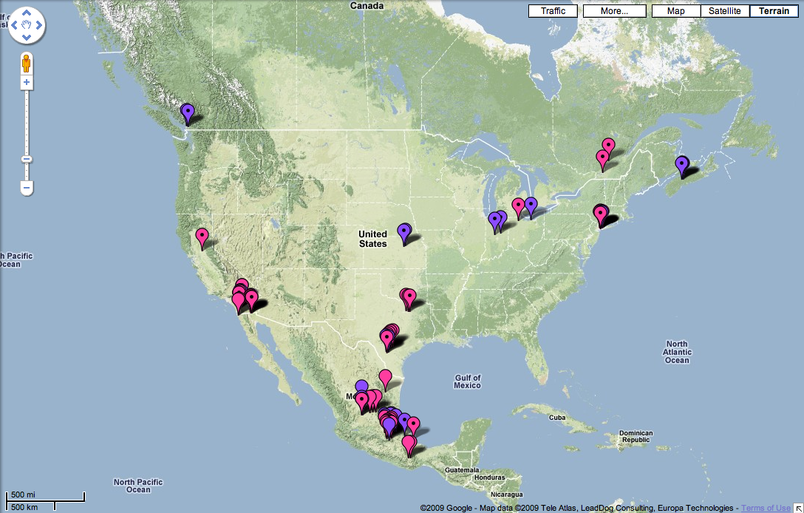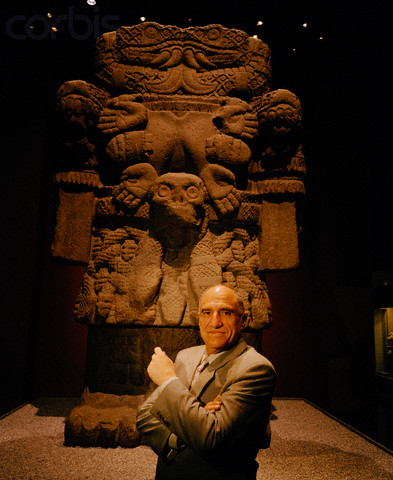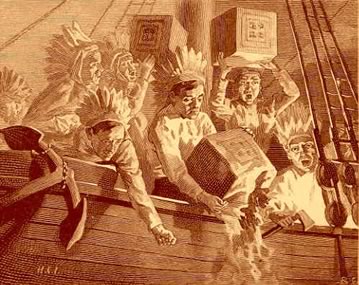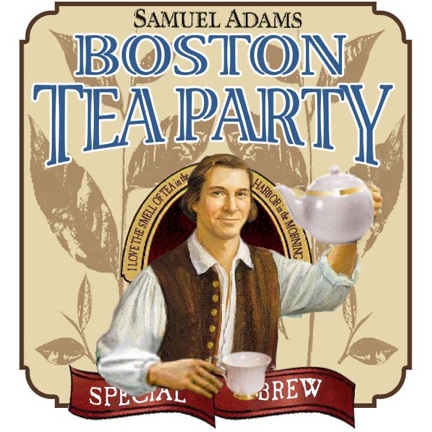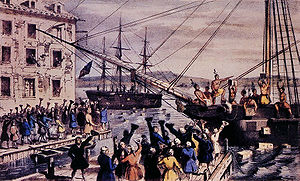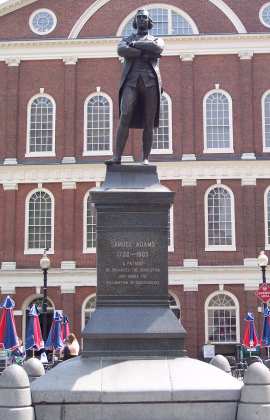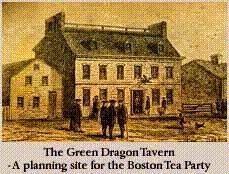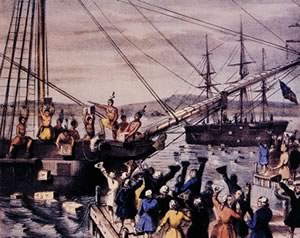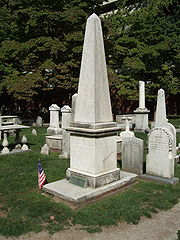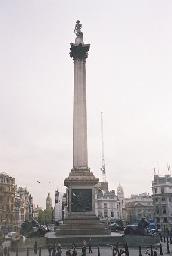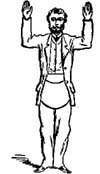White House spokesman Robert Gibbs said Thursday, April 30, 2009, that three members of an aide's family are being tested to see if they have the same strain of swine flu that is threatening to become a pandemic. The aide worked in presidential advance, which is responsible for planning and preparing trips.
Gibbs said that Secretary Chu has not experienced any symptoms. The spokesman also said that President Barack Obama also has had no symptoms of the virus and doctors see no need to conduct any tests on his health.
The individual – an advance security staffer for Energy Secretary Steven Chu –appears to have spread the flu to his wife, son and nephew. All three have tested probable for swine flu, White House Press Secretary Robert Gibbs said.
Gibbs, who avoided naming the aide, remarked that he did not work closely with Obama, did not fly on Air Force One and has resumed his work at the Energy Department.
The aide arrived in Mexico on April 13, Gibbs said, and became ill on April 16. He developed a fever on April 17, the day Obama left Mexico for the Summit of the Americas in Trinidad and Tobago. The person in question flew back commercially to Dulles on a United flight on April 18; Gibbs had no details yet on whether people on that flight have been notified.
The man visited his brother on April 19 and his nephew became ill. In the next two days, the aide's wife and son also became ill, Gibbs said.
Nevertheless, that security aide was apparently at a working dinner Obama attended with Mexican officials on Thursday, April 16, 2009. The staff member “was asked specifically if he ever came within six feet of the president, and the answer to that was 'No.' "
“The president has not experienced any symptoms,” Gibbs repeated to the media. He said Obama and other staff members are “highly, highly, highly unlikely” to develop such symptoms now because of the time that has passed since Obama’s visit on April 16 and 17, 2009, and the relatively short incubation period allegedly for the flu virus, known as H1N1.
The question remains...who were the attendees at the April 16th dinner in Mexico?
The following is the official White House memo, "Update on the H1 N1 Influenza and Suggested Protective Measures" that has been disseminated to those who traveled on President Barack Obama's recent trip to Mexico:
The White House Medical Unit has been in regular contact with the Centers for Disease Control and Prevention (CDC) regarding any possible or confirmed cases in the Washington Metropolitan area. We have learned that an individual who traveled to Mexico City to support the U.S. delegation that accompanied the President to Mexico City came down with flu-like symptoms associated with his work in Mexico. Three members of the individual’s family tested positive for Type A influenza, and tests are currently underway to determine if they contracted the 2009 H1N1 influenza strain. Individual family members suffered mild to moderate symptoms and received no medication and were not hospitalized. There have been no known instances of anyone working at the White House complex who has tested positive for a flu strain in the past month. We are providing this information so that you are aware of the CDC guidance that has been provided to the general public and the federal workforce.
As you may already be aware, the CDC has confirmed 91 cases of H1N1 Flu outbreak in the United States. Twenty states, including one in the National Capital Region, have probable or confirmed cases. Within the United States, the CDC expects the number of cases to increase, and illness severity may also increase. Unlike seasonal influenza, the H1N1 influenza virus currently circulating cannot be prevented through vaccination. Fortunately, individual members of the Executive Office of the President can protect themselves and their co-workers through simple actions that reduce virus transmission and assist public health authorities.
Influenza is transmitted through respiratory droplets that travel between 3 to 6 feet when an affected individual coughs or sneezes. In addition, the influenza virus may survive approximately 2 hours when affected individuals wipe their hands on surfaces such as doorknobs or tables. Limiting influenza exposure within the buildings at the White House Complex will allow normal operations to continue even if the world-wide influenza outbreak becomes more widespread.
Acute respiratory symptoms that are normally considered minor take on added importance in the setting of a novel influenza virus outbreak. If you experience a new cough, runny nose, congestion, sore throat, body aches, or fever, stay home and see a physician before returning to work. The physician will diagnose and treat your condition. If you have influenza, antiviral medication can shorten the course of the illness.
In addition, the physician will take a sample and send it to the local health department to determine if you have the new H1N1 virus. This information is critical for public health officials who can evaluate close contacts of H1N1 cases. Any individual diagnosed with influenza should not return to work for one week to avoid transmitting the virus to co-workers.
Because of their population density, workplaces are susceptible to the spread of illness, so it is always good to take common health precautions. Employees who are not sick should wash their hands frequently with soap and/or gel sanitizers. They should avoid close contact with individuals exhibiting acute respiratory symptoms. If a household member becomes infected with the new H1N1 virus, guidance for home care is available at http://www.cdc.gov/swineflu/guidance_homecare.htm.
EOP staff members experiencing symptoms, or are susceptible to infection, or are needing to care for sick family members are encouraged to take leave. Please consult with your component administrative supervisor regarding this capability. Further, the Office of Personnel Management has guidelines for staff and supervisors during a pandemic health crisis. http://www.opm.gov/pandemic/agency/index.asp
Please also consult with your component administrative supervisor regarding the potential for tele-working capabilities.
Additional general information on the H1N1 virus is also available on the CDC website.
Further information will be provided as this situation develops.
Thank you.
